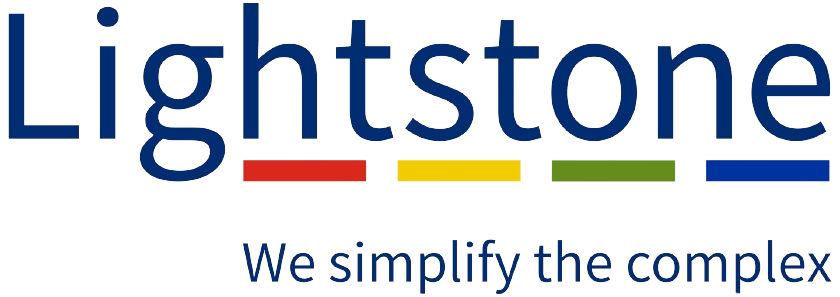Low-income households in South Africa face an acute shortage of formal housing stock – and data analysed by Lightstone shows that there is one property for 4.8 households earning under R13 000 a month.
The ratio improves to 3.3 households for every one formal property if the salary threshold moves to R26 000 a month. For higher income groups, this ratio is closer to 1.2 to 1.
But either way, more than 80% of South Africa’s households earn under R26 000 per month (see graph below), which means affordability remains a major obstacle to most households having a property to call their own.
This pushes many into backyard rentals, informal structures, or traditional dwellings that aren’t formally registered – and often these options are further away from work than is ideal. In many towns, it is lower income working people who struggle most to find accommodation while property values rise for the more affluent (see next story: Plett is home to high average property values)
Household income bands

There are nearly 12 million households earning less than R13 000 a month (see graph below), but just under 2.5 million properties available if households stick to the guideline that they spend no more than a third of their income on housing.
This is the most significant gap between households and property available by some distance. For example, there are another 2.5 million households earning between R13 000 and R26 000 per month but there are 1.8m properties available, which translates into 1.3 households for every property available.
Interestingly, there are more properties available than households in the R26 000 to R40 000 salary range.
Household income bands vs registered properties available

For homes valued under R300 000 - 80% of which are subsidised - only 1% have been bought or sold in the last five years compared to 4% in the R300 000 to R500 000 price band, 6% in the R500 000 to R750 000 price band and 13% in the R750 000 to R2m price band.
The data tells us that not only is there a significant shortage of affordable housing, but there are proportionately fewer transactions among lower income earners, limiting mobility, equity growth, and broader economic participation.
Education mirrors income differences
Data also tells us that the more education households have, the more likely they will be able to buy houses in higher price bands. For example, a household with two working people who do not have matric will likely be able to afford a house valued at R250 000 – but this jumps to R380 000 where the two have a matric and to R1.8m when they have degrees.
Mapping these affordability scenarios to actual suburbs shows the difference education – and consequently earning potential – affects housing choice.
In Johannesburg, couples without matric find affordable stock in areas such as Hillbrow, Johannesburg Central and Orange Farm, while couples with degrees would be buying in suburbs such as Morningside, North Riding and Weltevreden Park. The maps below indicate where households might live, based on their education levels, in Johannesburg and Cape Town.
Possible residential patterns by education level – Johannesburg Metro

Possible residential patterns by education level – Cape Town Metro

The insights underscore the need for integrated housing, education, and economic policies to address the real barriers facing South Africa’s lower income households.

